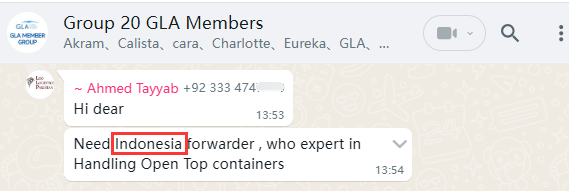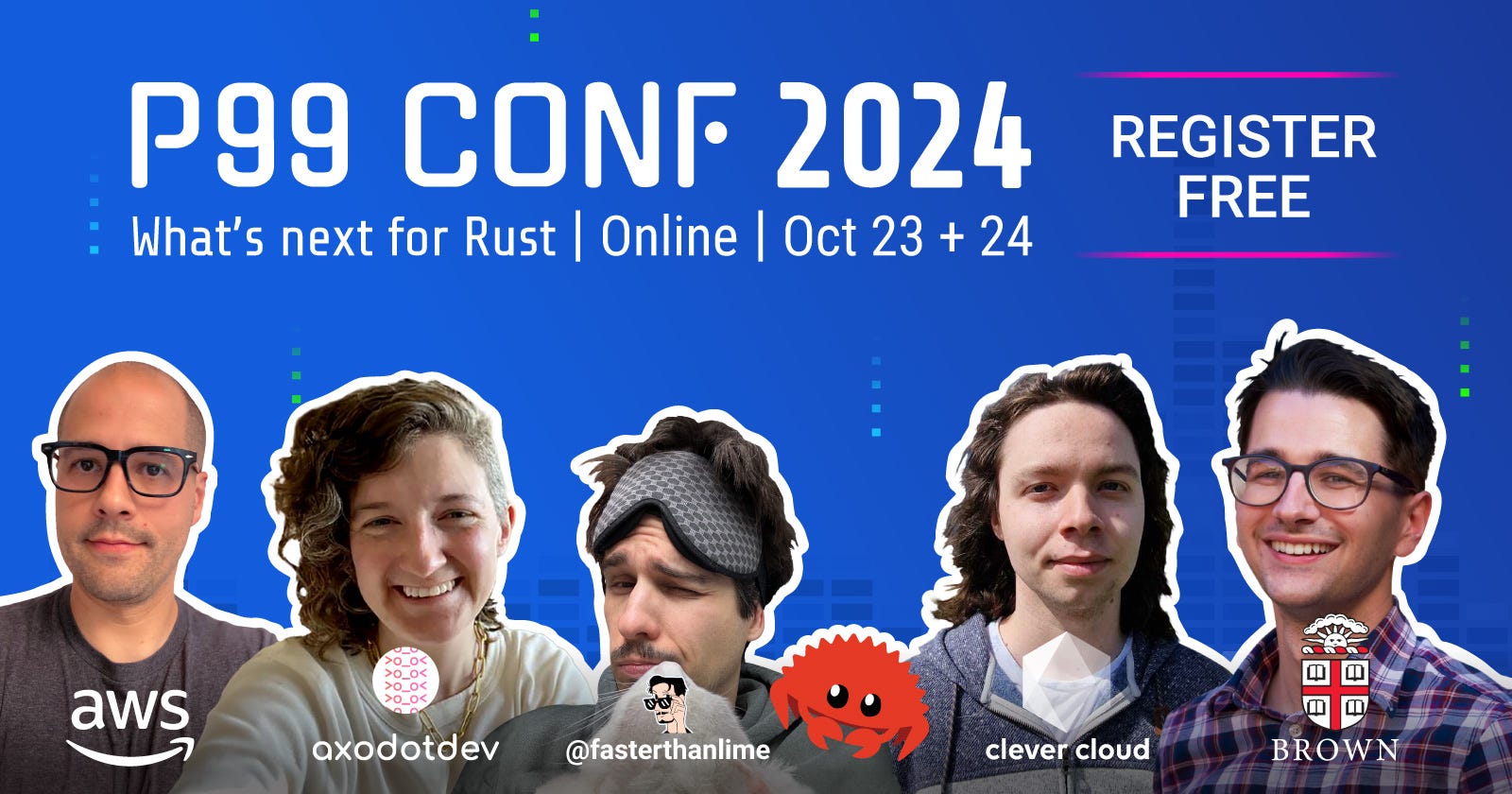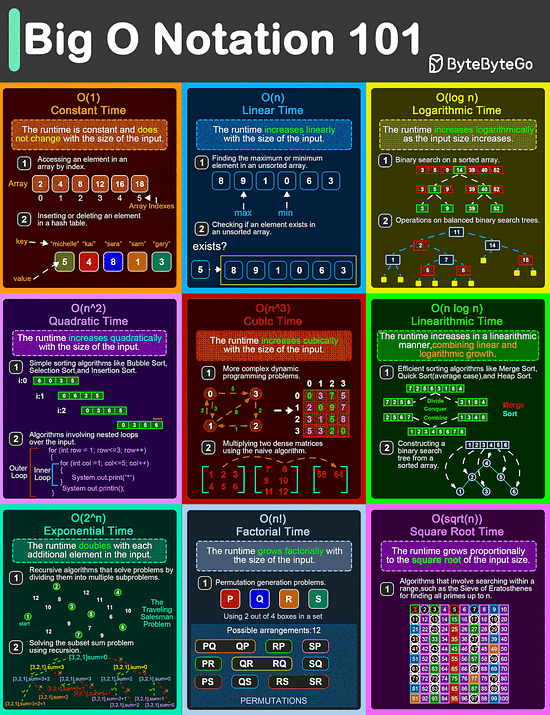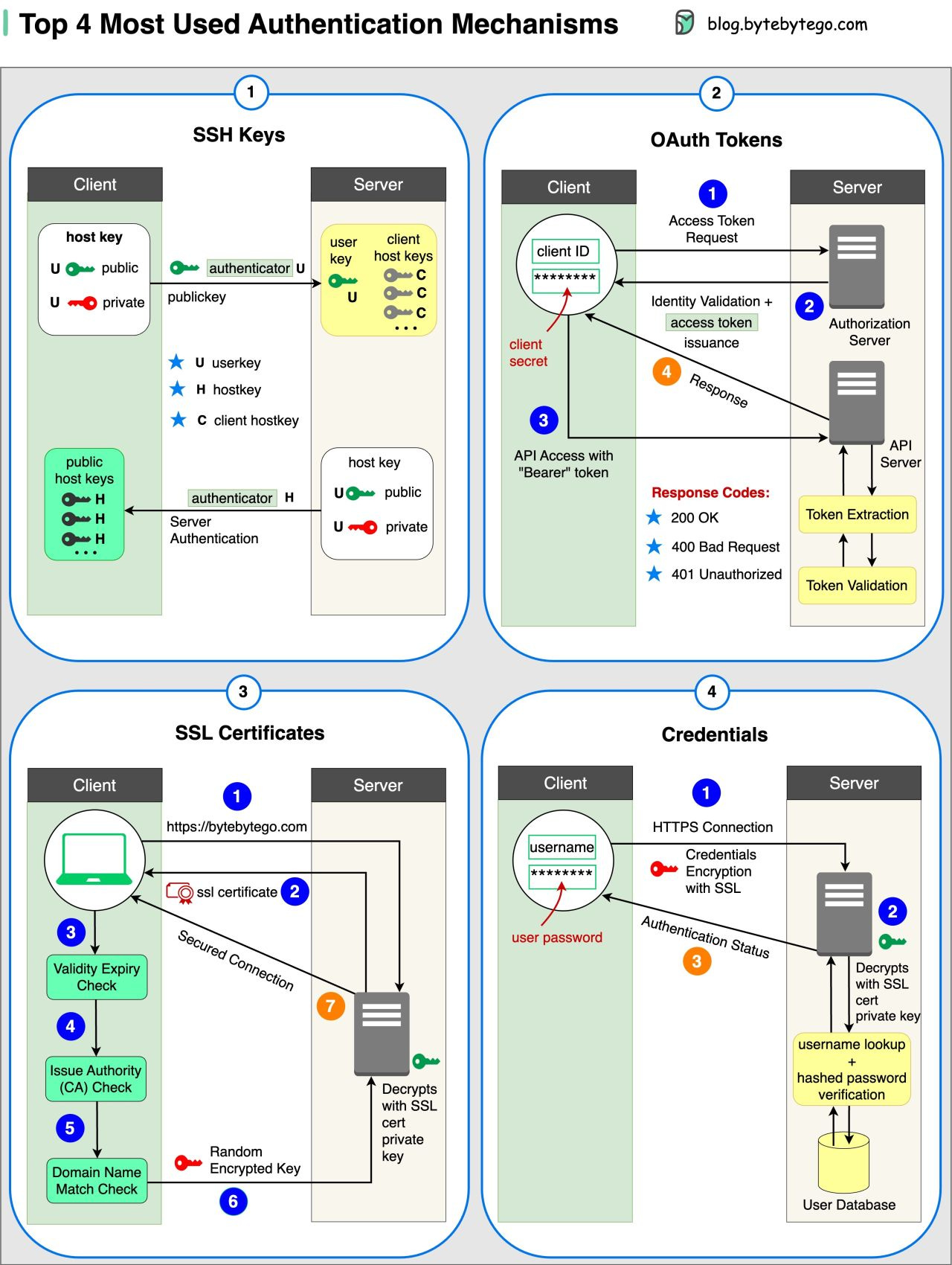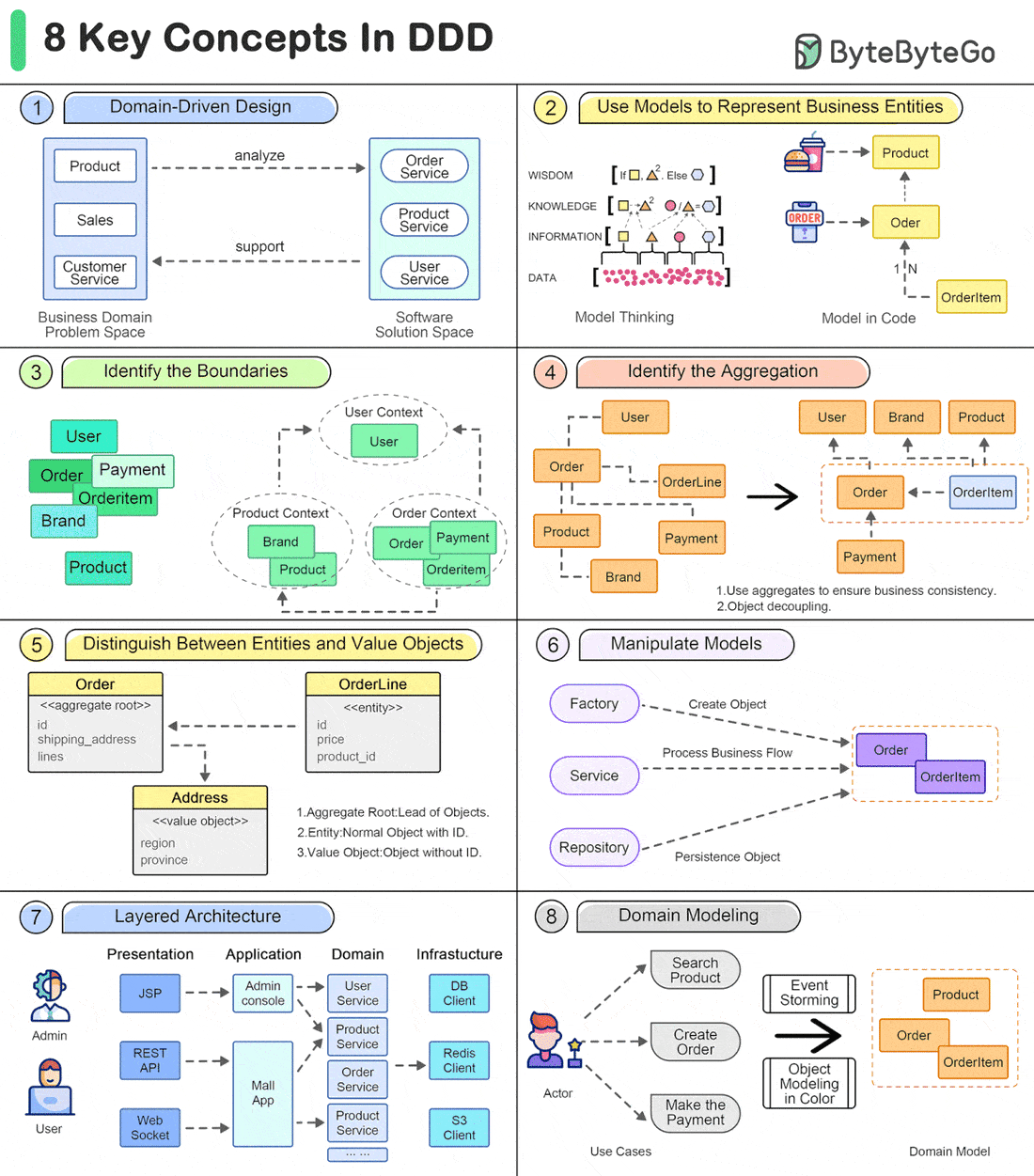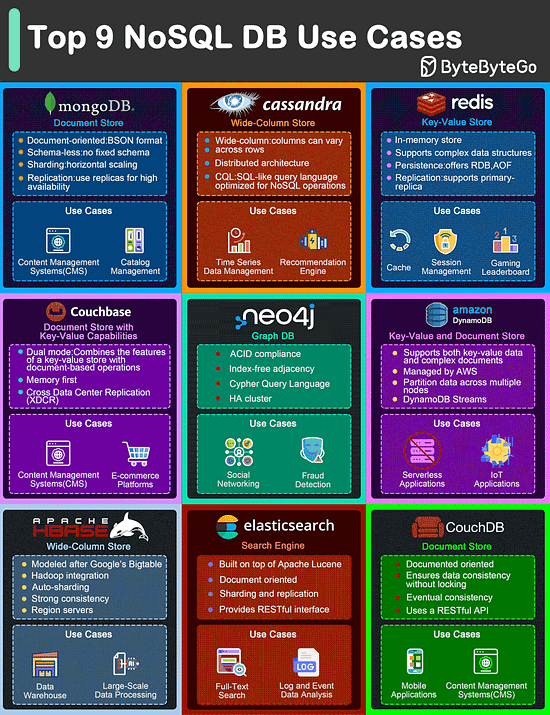Archives
- By thread 5372
-
By date
- June 2021 10
- July 2021 6
- August 2021 20
- September 2021 21
- October 2021 48
- November 2021 40
- December 2021 23
- January 2022 46
- February 2022 80
- March 2022 109
- April 2022 100
- May 2022 97
- June 2022 105
- July 2022 82
- August 2022 95
- September 2022 103
- October 2022 117
- November 2022 115
- December 2022 102
- January 2023 88
- February 2023 90
- March 2023 116
- April 2023 97
- May 2023 159
- June 2023 145
- July 2023 120
- August 2023 90
- September 2023 102
- October 2023 106
- November 2023 100
- December 2023 74
- January 2024 75
- February 2024 75
- March 2024 78
- April 2024 74
- May 2024 108
- June 2024 98
- July 2024 116
- August 2024 134
- September 2024 130
- October 2024 141
- November 2024 171
- December 2024 115
- January 2025 216
- February 2025 140
- March 2025 220
- April 2025 233
- May 2025 239
- June 2025 303
- July 2025 185
-
Time to place our bets: Europe’s AI opportunity
A 3-lens approach Brought to you by Alex Singla (Alex_Singla@McKinsey.com) and Alexander Sukharevsky (Alexander_Sukharevsky@McKinsey.com), global leaders of QuantumBlack, AI by McKinsey
New from McKinsey Global Institute
This email contains information about McKinsey's research, insights, services, or events. By opening our emails or clicking on links, you agree to our use of cookies and web tracking technology. For more information on how we use and protect your information, please review our privacy policy.
You received this email because you subscribed to our McKinsey Global Institute alert list.
Copyright © 2024 | McKinsey & Company, 3 World Trade Center, 175 Greenwich Street, New York, NY 10007
by "McKinsey & Company" <publishing@email.mckinsey.com> - 12:35 - 8 Oct 2024 -
How TikTok Manages A 200K File MonoRepo with Sparo
How TikTok Manages A 200K File MonoRepo with Sparo
Learn to monitor Azure OpenAI (Sponsored)͏ ͏ ͏ ͏ ͏ ͏ ͏ ͏ ͏ ͏ ͏ ͏ ͏ ͏ ͏ ͏ ͏ ͏ ͏ ͏ ͏ ͏ ͏ ͏ ͏ ͏ ͏ ͏ ͏ ͏ ͏ ͏ ͏ ͏ ͏ ͏ ͏ ͏ ͏ ͏ ͏ ͏ ͏ ͏ ͏ ͏ ͏ ͏ ͏ ͏ ͏ ͏ ͏ ͏ ͏ ͏ ͏ ͏ ͏ ͏ ͏ ͏ ͏ ͏ ͏ ͏ ͏ ͏ ͏ ͏ ͏ ͏ ͏ ͏ ͏ ͏ ͏ ͏ ͏ ͏ ͏ ͏ ͏ ͏ ͏ ͏ ͏ ͏ ͏ ͏ ͏ ͏ ͏ ͏ ͏ ͏ ͏ ͏ ͏ ͏ ͏ ͏ ͏ ͏ ͏ ͏ ͏ ͏ ͏ ͏ ͏ ͏ ͏ ͏ ͏ ͏ ͏ ͏ ͏ ͏ ͏ ͏ ͏ ͏ ͏ ͏ ͏ ͏ ͏ ͏ ͏ ͏ ͏ ͏ ͏ ͏ ͏ ͏ ͏ ͏ ͏ ͏ ͏ ͏ ͏ ͏ ͏ ͏ ͏ ͏ ͏ ͏ ͏ ͏ ͏ ͏ ͏ ͏ ͏ ͏ ͏ ͏ ͏ ͏ ͏ ͏ ͏ ͏ ͏ ͏ ͏ ͏ ͏ ͏ ͏ ͏ ͏ ͏ ͏ ͏ ͏ ͏ ͏ ͏ ͏ ͏ ͏ ͏ ͏ ͏ ͏ ͏ ͏ ͏ ͏ ͏ ͏ ͏ ͏ ͏ Forwarded this email? Subscribe here for moreLearn to monitor Azure OpenAI (Sponsored)
Learn how you can track Azure OpenAI usage and performance, from monitoring your API requests and token usage, to tracking performance in aggregate or by language model.
Disclaimer: The details in this post have been derived from the TikTok Developer Blog. All credit for the technical details goes to the TikTok engineering team. The links to the original articles are present in the references section at the end of the post. We’ve attempted to analyze the details and provide our input about them. If you find any inaccuracies or omissions, please leave a comment, and we will do our best to fix them.
TikTok, the popular short-form video-sharing platform, has a large and rapidly growing codebase for its web front end. This front-end app is built using TypeScript and is organized as a monorepo - a single Git repository containing code for multiple projects and libraries.
As TikTok's frontend engineering team and feature set grew, so did the size and complexity of this monorepo.
Over time, it expanded to contain over 1,000 separate projects and more than 200,000 source files. While the monorepo architecture provided benefits like shared code and tooling, it also started to cause significant performance issues.
Developers began to notice slowness with common Git operations that are essential to their everyday workflows. These slowdowns were a major drain on productivity, wasting valuable engineering time and ruining the development experience.
The issues stemmed from the sheer size of the codebase that Git had to process for each operation. To address this problem, TikTok's frontend infrastructure team began exploring solutions. They experimented with Git's built-in performance features like partial clones, shallow clones, and Git LFS, but found that they were insufficient for the monorepo's scale and growth rate.
Ultimately, the team developed an in-house tool called Sparo to tackle the monorepo performance challenges. They also eventually made Sparo open-source.
In this article, we'll explore how Sparo works and the benefits it has provided for TikTok's front-end engineering team.
The Problem of Git Slowness in Large Monorepos
A monorepo, short for a monolithic repository, is a software development strategy where a single repository contains multiple projects, libraries, and services, often maintained by different teams. This contrasts with the multi-repo approach, where each project has its separate repository.
The diagram below shows the difference between monorepos, multi-repos, and monolith code bases.
Monorepos have gained popularity among large tech companies like Google, Facebook, and Microsoft for several reasons.
Firstly, monorepos enable better code sharing and reuse across projects, reducing duplication and promoting standardization.
Secondly, they simplify dependency management, as projects within the monorepo can easily reference and use each other.
Thirdly, monorepos provide a unified view of the entire codebase, making it easier to perform cross-cutting changes and maintain a consistent build and test infrastructure.
However, as monorepos grow in size and complexity, Git operations become increasingly slow for everyone.
This is exactly what happened at TikTok. Commands like git clone to download a copy of the repository, git checkout to switch between branches, git status to see current changes, and git commit to save new changes took much longer than they had previously.
Here are some interesting stats from their observations:
Cloning the repository to start working on it could take over 40 minutes for developers with slower network connections. Even on fast connections, a full clone took over 20 minutes.
Checking out a different branch took over a minute and a half.
Just running git status to see the current state of the working copy took 7 seconds, interrupting the flow of developers.
Committing code changes was also painful at around 15 seconds per commit.
How Sparo Improves MonoRepo Performance?
At its core, Sparo leverages two advanced features of Git to dramatically speed up common operations on large monorepos: sparse checkout and partial clone.
Let’s look at both in detail.
Sparse Checkout
Git's sparse checkout feature allows specifying a subset of files or directories to check out from a repository, rather than fetching the entire codebase. Sparo uses this to only check out the files needed to build a given application - namely, the project and its dependencies.
In a monorepo with hundreds or thousands of projects, the files needed for any one project are a relatively small and slow-growing subset compared to the repo as a whole.
By using sparse checkout to limit the working copy to just this subset, Sparo significantly reduces the amount of data that needs to be fetched and the number of files that Git operations need to process. This results in much faster checkout times.
See the diagram below that explains the concept of sparse checkout in Git in which a developer only has to work on the Android Client Development.
Partial Clones
While sparse checkout reduces the number of files in the working copy, a standard Git clone still fetches the contents of every file in the repo and their complete history.
For large repositories, this still means a sizable amount of data transfer and disk usage, even if much of it isn't needed locally.
Git's partial clone feature, enabled by passing the --filter=blob:none option to git clone, optimizes this by only fetching file contents on-demand as they are needed, and excluding objects that aren't reachable by any reference. This reduces the size of the initial clone and speeds up subsequent fetches.
See the diagram below for a visual representation of the same.
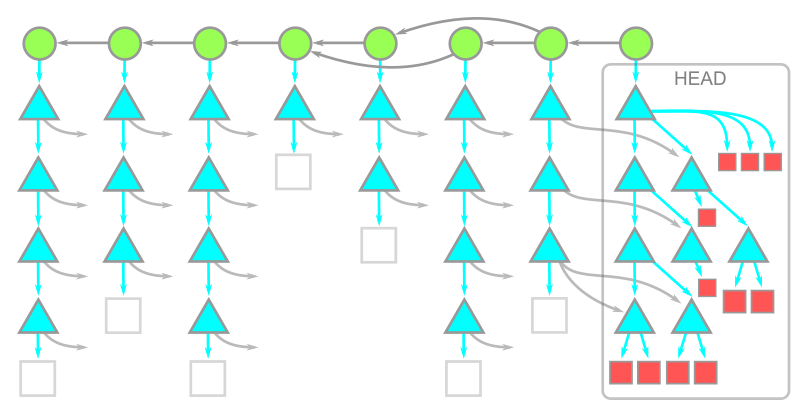
Source: GitHub Blog Unlike a shallow clone, the full history is still available if needed, just not eagerly downloaded. Also, unlike Git LFS, partial clone works automatically for all files without a separate storage system.
Additional Sparo Enhancements
Sparo adds some additional enhancements beyond leveraging those two key Git features.
Checkout Profiles
Sparo introduces the concept of checkout profiles, which are predefined sets of directories to include in a sparse checkout. Profiles act as an easy starting point for new hires or contributors to discover what part of the codebase is relevant to a given team.
For example, a frontend team might define a profile that checks out their five most actively developed projects, the dependencies of those projects, and a few additional directories like docs and config.
These profiles are defined in a JSON file and checked into the repo, making it easy for developers to share profiles and quickly set up their working copy to match their team's standard environment.
See the example of the profile file:
{ "selections": [ { "selector": "--to", "argument": "project-a" }, { "selector": "--to", "argument": "project-b" }, { "selector": "folder", "argument": "docs" } ] }This profile would help the developers checkout project-a, project-b, and the docs folder.
With the profile created, developers can use sparo checkout --profile to checkout the repository according to the profile. This checks out only the specified projects and folders, significantly reducing the data fetched and the time taken.
Mirrored Commands
To make adoption frictionless, Sparo provides its command line interface that aims to be a drop-in replacement for the standard Git CLI. In other words, Sparo is fully compatible with Git, so teams can incrementally adopt it while still interoperating with standard Git usage.
By mirroring the Git interface, Sparo minimizes the learning curve and allows it to be gradually adopted into existing workflows. Familiar commands like clone, checkout, status, add, commit, etc. are all provided with the same syntax as their Git equivalents.
Developers can use the Sparo versions of commands to take advantage of the optimized performance, while still falling back to the regular Git commands if needed for advanced cases.
Under the hood, the Sparo versions of these commands automatically set the appropriate configurations to enable partial clone and sparse checkout based on the active profile. They also allow collecting anonymous usage telemetry to power dashboards for monitoring the adoption and performance of the tool.
Sparo Performance Gains
The TikTok team saw dramatic performance improvements after adopting Sparo:
clone time dropped from 23 minutes to just 2 minutes
checkout time went from 1.5 minutes to 30 seconds
status command time reduced from 7 seconds to 1 second
commit time improved from 15 seconds to 11 seconds
These improvements have a huge impact on developer productivity and experience. Instead of waiting minutes for Git operations to complete, developers can iterate and commit changes quickly, maintaining their flow and focus.
Conclusion
As monorepos grow in size and complexity, maintaining good performance for common Git operations becomes increasingly challenging. TikTok's frontend team experienced this firsthand as their TypeScript monorepo surpassed 1,000 projects and 200,000 source files, leading to significant slowdowns in commands like clone, checkout, status, and commit.
To address this problem, the TikTok team developed Sparo, an open-source tool that leverages Git's sparse checkout and partial clone features to speed up Git operations on large monorepos.
The TikTok engineering team's journey with Sparo highlights the importance of proactively addressing performance issues in rapidly growing codebases.
Sparo's roadmap includes a telemetry plugin system for monitoring and support for additional front-end build systems. As more companies encounter performance challenges with huge monorepos, tools like Sparo can become increasingly important for maintaining developer productivity.
References:
SPONSOR US
Get your product in front of more than 1,000,000 tech professionals.
Our newsletter puts your products and services directly in front of an audience that matters - hundreds of thousands of engineering leaders and senior engineers - who have influence over significant tech decisions and big purchases.
Space Fills Up Fast - Reserve Today
Ad spots typically sell out about 4 weeks in advance. To ensure your ad reaches this influential audience, reserve your space now by emailing sponsorship@bytebytego.com
Like
Comment
Restack
© 2024 ByteByteGo
548 Market Street PMB 72296, San Francisco, CA 94104
Unsubscribe
by "ByteByteGo" <bytebytego@substack.com> - 11:37 - 8 Oct 2024 -
Why is everyone talking about observability?
OTel & monitoring
Dive into our expert resources to elevate and perfect your API approach
Hi Md Abul,
We noticed your interest in OpenTelemetry and observability, so to deepen your understanding, we thought you might like our blog, “Why is everyone talking about observability?”
This blog unpacks the buzz around observability and why it's becoming a game-changer in the tech world. Discover the key reasons behind its growing importance and how embracing observability can revolutionize your monitoring and analysis approach.
Ready to see these benefits in real-time? Take the plunge with a free Tyk trial today and watch your API strategy transform.
Thanks,
Budha Bhattacharya
Developer AdvocateTyk, Huckletree 199 Bishopsgate, Broadgate, London, City of London EC2M 3TY, United Kingdom, +44 (0)20 3409 1911
by "Budha from Tyk" <budha@tyk.io> - 06:00 - 8 Oct 2024 -
[RSVP] Your VIP seat to the future of observability.
New Relic
 Get ready for New Relic Now on November 6th, a free virtual event where AI meets observability. Be first to discover Intelligent Observability and how it powers seamless, reliable digital experiences that bring you closer to your goals.
Get ready for New Relic Now on November 6th, a free virtual event where AI meets observability. Be first to discover Intelligent Observability and how it powers seamless, reliable digital experiences that bring you closer to your goals.
RSVP to:- Get more from AI and observability together
- Gain insights from New Relic’s CEO, CTO, and more
- Dive in to hands-on training with platform experts
Whether you're after technical or business results, the event will enable you to gain more from the powerful combination of AI and observability, gather insights on how to eliminate interruptions in your digital experiences as well as expert tips from New Relic’s own journey to accelerating innovation at scale.
Register Now View in browser
This email was sent to info@learn.odoo.com. Update your email preferences.For information about our privacy practices, see our Privacy Policy.
Need to contact New Relic? You can chat or call us at +44 20 3859 9190
Strand Bridge House, 138-142 Strand, London WC2R 1HH
© 2024 New Relic, Inc. All rights reserved. New Relic logo are trademarks of New Relic, Inc.
by "New Relic Events" <emeamarketing@newrelic.com> - 05:09 - 8 Oct 2024 -
How to accelerate decarbonization to meet net-zero targets
Only McKinsey Perspectives
Green progress in Europe and the US Brought to you by Alex Panas, global leader of industries, & Axel Karlsson, global leader of functional practices and growth platforms
Welcome to the latest edition of Only McKinsey Perspectives. We hope you find our insights useful. Let us know what you think at Alex_Panas@McKinsey.com and Axel_Karlsson@McKinsey.com.
—Alex and Axel
—Edited by Querida Anderson, senior editor, New York
This email contains information about McKinsey's research, insights, services, or events. By opening our emails or clicking on links, you agree to our use of cookies and web tracking technology. For more information on how we use and protect your information, please review our privacy policy.
You received this email because you subscribed to the Only McKinsey Perspectives newsletter, formerly known as Only McKinsey.
Copyright © 2024 | McKinsey & Company, 3 World Trade Center, 175 Greenwich Street, New York, NY 10007
by "Only McKinsey Perspectives" <publishing@email.mckinsey.com> - 01:08 - 8 Oct 2024 -
RE:Seeking for reliable Indonesia agent
Dear agent,
Greeting from Minnie and GLA family. Trust you are doing great.
I sincerely invite you to join GLA platform and cover the increasing request from/to Indonesia from our GLA members.
Above 75% of GLA Members are first-class agents with wide range of primary resources. GLA fulfills all your needs in terms of finding reliable agents or getting huge volume of inquiries from/to your area. Have you ever tried to experience GLA Global Logistics Network for your business development and resources integration?
I am looking forward to hearing you back.
Best regards,
Minnie CHUA | GLA Overseas Department
Mobile: +86 153 3889 8358 (WhatsApp | WeChat)
Email: member299@glafamily.com
Website: www.glafamily.com
Conference Website: www.glafamily.com/GLA-Conference
Address: No. 2109, 21st Floor, HongChang, Plaza, No. 2001, Road Shenzhen, China
The 11th GLA Conference - Bangkok Thailand on 22th November 2024 – click here for registration
Ø The 10th GLA Conference in Dubai UAE, online album
Ø The 9th GLA Conference in Hainan China, online album
【Notice Agreement No 7】
7. GLA president reserves the right to cancel or reject membership or application. Company shall cease to be a member of GLA if:
a) the Member does not adhere to GLA terms and conditions
b) the Member gives notice of resignation in writing to the GLA.
c) No good reputation in the market.
d) Have bad debt records in the GLA platform or in the market
by "Minnie" <member299@glafamily.com> - 10:04 - 7 Oct 2024 -
Last Chance to Register | Create Stylish and Standout Documents Faster with GenAI
Adobe
Secure your spot at the live webinar

Adobe Live Webinar
Create Stylish and Standout Documents Faster with GenAI 10 October 2024, Thursday
Option 1: 11am AEDT | 8am SGT
Option 2: 4pm AEDT | 1pm SGT | 10:30am ISTIn today’s fast-paced work environment, efficiency and style are key. Discover how Adobe Acrobat AI Assistant can help you master PDF styling and boost productivity, making your document more polished and professional.
Join Callum Swain, APAC Solution Customer Success Manager for Document Cloud at Adobe, to learn how to create standout PDFs using the advanced features of Acrobat AI Assistant. Learn how to give your documents a professional look with the easy-to-use tools from Adobe Express.
Take the first step toward smarter, more stylish document management! Register today to secure your spot!
Two time options available. Register for the session that best suits your schedule and timezone:
Register for option 1: 11am AEDT | 8am SGT
Register for option 2: 4pm AEDT | 1pm SGT | 10:30am IST
Who should attend
This session is ideal for professionals who work extensively with PDFs and seek to enhance their document management skills. If you're a project manager, team leader, marketing professional, or anyone involved in document preparation and review, you'll find valuable insights on how to leverage Adobe Acrobat's advanced features. Discover how to streamline workflows, polish your documents, and improve collaboration—all while boosting your productivity.
Can't make it to the live event? Register anyway so you receive the session recording afterwards!

Angus Cheung
APAC B2B Product Marketing & GTM Manager, Document Cloud
Adobe
Callum Swain
APAC Solution Customer Success Manager, Document Cloud
AdobeAcrobat's got it. Adobe and the Adobe logo are either registered trademarks or trademarks of Adobe in the United States and/or other countries. This is not a comprehensive list of all Adobe trademarks. For a full list, refer to the Adobe List of Trademarks. All other trademarks are the property of their respective owners.
By clicking on some of the links in this email, you might be redirected to forms that will be pre-populated with your contact information.
This is a marketing email from Adobe Systems Software Ireland Limited, 4‑6 Riverwalk, Citywest Business Park, Dublin 24, Ireland.
Click here to unsubscribe or send an unsubscribe request to the postal address above. Please review the Adobe Privacy Policy:
Australia
New Zealand
Indonesia
Malaysia
Philippines
Vietnam
Singapore
India
Hong Kong
Thailand
To ensure email delivery, add demand@info.adobe.com to your address book, contacts, or safe sender list.
If you have a privacy-related complaint, send it to: privacy@adobe.com
View in browser
by "Adobe Document Cloud" <demand@info.adobe.com> - 09:07 - 7 Oct 2024 -
{ accurate estimates }
Hello,
Hope all is well.
Are you looking to make accurate estimates for your projects?We provide residential & commercial estimates & take-offs.
If you are interested, then I can share some samples for your review and better understanding of our format. Thanks.
Respectfully.
by "Adriel Hunter" <adriel.estimatorbids@gmail.com> - 10:21 - 7 Oct 2024 -
( Construction Project Proposal )
We are a construction estimating/take-offs service that provides a detailed description of the project as well as the necessary expenses.We also provide a cost estimate of the given project.
Please let us know if you're a general contractor or a subcontractor. We can show you some samples that will give you a better understanding of what we offer.
by "Phil Knight" <knight.globalestimation@gmail.com> - 10:06 - 7 Oct 2024 -
Stay ambitious and committed: A leader’s guide to supporting women at work
Leading Off
Progress is not parity Brought to you by Alex Panas, global leader of industries, & Axel Karlsson, global leader of functional practices and growth platforms
Welcome to the latest edition of Leading Off. We hope you find our insights useful. Let us know what you think at Alex_Panas@McKinsey.com and Axel_Karlsson@McKinsey.com.
—Alex and Axel
A decade ago, we conducted our first wave of research with LeanIn.Org on the state of women in corporate America and what women’s day-to-day work experiences were really like. After hearing from more than 480,000 employees over the past ten years, we have learned so much about what’s working (and what’s not) with companies’ efforts to make the workplace fairer and more inclusive. In short, there’s still much more work to do. This week, we reflect on the gains that women and their companies have made, why women’s experiences are not so different from what they were years ago, and the ways in which companies can make sustainable progress toward gender parity.
During our ten years of research on the corporate pipeline, many companies have taken action on workplace diversity, and important gains have been made. Yet according to McKinsey senior partners Alexis Krivkovich and Lareina Yee and their coauthors, the findings from the tenth-anniversary Women in the Workplace report underscore the persistent obstacles that women confront in the workplace. Progress, in other words, remains fragile—especially for women of color—and parity for all women, according to our projections, is almost 50 years away. In many ways, women’s outlook, as well as their day-to-day experiences (dealing with microaggressions, for example), are the same or worse than when we started keeping tabs. True progress requires a renewed commitment from companies and an expanded playbook, including both practical steps that foster inclusion (such as debiasing hiring and promotion processes and activating employees to curb bias) and broader, systemic changes that are rooted in new mindsets and behaviors about women’s contributions and potential at work.
That’s the share of employees at large companies who, in a survey about motivation and performance management, said their managers did not have the sufficient skills to conduct performance reviews. According to McKinsey senior partners Brooke Weddle and Dana Maor and their coauthors, “employees were significantly more motivated by performance reviews when they were offered by a skilled manager and reflected the achievement of a performance goal.” The survey indicates that formal evaluations matter for both employee engagement and advancement—where women are already at a disadvantage, given the state of the corporate pipeline—and it’s one of the many ways managers can actively shape their employees’ work experiences, including career development.
That’s NYU professor of psychology and author Tessa West on how people can reclaim agency in a toxic workplace. In a conversation about toxic behaviors and burnout with McKinsey’s Jacqueline Brassey, West explains that most of us will eventually experience toxic behaviors at work—and that many feel disempowered to respond to or raise these issues with our colleagues. Such behaviors include microaggressions: daily slights that are rooted in bias, undermine women’s abilities, and contribute to stress, burnout, and turnover. Microaggressions are also one aspect of women’s work experience that, according to this year’s Women in the Workplace research, has not improved over time.
It stands to reason that people are chosen for leadership roles after demonstrating the qualities that would ultimately make them good leaders: integrity, humility, and empathy, to name a few. Not so, according to Dr. Tomas Chamorro-Premuzic. In an interview with McKinsey’s Brooke Weddle and Bryan Hancock, he shares that organizations tend to favor characteristics such as overconfidence, narcissism, and even incompetence in candidates for leadership roles, who (still) tend to be men more often than women. If these habits seem counterproductive for both men and women in the workplace, they are. So, what’s the cure? Dr. Chamorro-Premuzic recommends that companies “ignore everything that is style and not substance” and focus more on potential leaders’ soft skills, as well as traits that make other people better—a defining characteristic of leadership. “If you look at that, then you’re going to have a selection of individuals who are predisposed for leadership roles and who look very different from the majority of leaders today.”
The relationship between managers and direct reports is central to the work experience and critical to employee satisfaction. Good bosses are compassionate and curious about their people, help employees balance the demands of work and life, and support their advancement. In addition to practicing empathy, gratitude, and positivity with others, leaders can grow by looking inward. When leaders are self-aware, reflective, and focused on personal growth and self-improvement (the more “micro” the habit is, the better), they’re more equipped to help their employees and to make the workplace better for everyone.
Lead by supporting the women in your workplace.
— Edited by Daniella Seiler, executive editor, Washington, DC
Share these insights
Did you enjoy this newsletter? Forward it to colleagues and friends so they can subscribe too. Was this issue forwarded to you? Sign up for it and sample our 40+ other free email subscriptions here.
This email contains information about McKinsey’s research, insights, services, or events. By opening our emails or clicking on links, you agree to our use of cookies and web tracking technology. For more information on how we use and protect your information, please review our privacy policy.
You received this email because you subscribed to the Leading Off newsletter.
Copyright © 2024 | McKinsey & Company, 3 World Trade Center, 175 Greenwich Street, New York, NY 10007
by "McKinsey Leading Off" <publishing@email.mckinsey.com> - 04:44 - 7 Oct 2024 -
Navigating a path to the data-driven enterprise of 2030
Only McKinsey Perspectives
7 essential priorities for executives Brought to you by Alex Panas, global leader of industries, & Axel Karlsson, global leader of functional practices and growth platforms
Welcome to the latest edition of Only McKinsey Perspectives. We hope you find our insights useful. Let us know what you think at Alex_Panas@McKinsey.com and Axel_Karlsson@McKinsey.com.
—Alex and Axel
•
Data-driven future. By 2030, data will be embedded in systems, processes, channels, and interactions that drive automated actions. This shift toward “data ubiquity” requires companies to make substantial changes to become truly data-driven. For example, those looking to unlock “alpha”—or achieve returns above benchmark levels—should focus on integrating data and technologies, among other strategies, say McKinsey senior partners Holger Harreis and Kayvaun Rowshankish and colleagues in a new McKinsey Quarterly article.
—Edited by Jana Zabkova, senior editor, New York
This email contains information about McKinsey's research, insights, services, or events. By opening our emails or clicking on links, you agree to our use of cookies and web tracking technology. For more information on how we use and protect your information, please review our privacy policy.
You received this email because you subscribed to the Only McKinsey Perspectives newsletter, formerly known as Only McKinsey.
Copyright © 2024 | McKinsey & Company, 3 World Trade Center, 175 Greenwich Street, New York, NY 10007
by "Only McKinsey Perspectives" <publishing@email.mckinsey.com> - 11:10 - 6 Oct 2024 -
New: Clock-in & clock-out on web and mobile!
New: Clock-in & clock-out on web and mobile!
Did you know? Employees and contractors can now use Remote to clock in and out, simplifying their experience and ensuring working hours are accurately reflected on their timesheets.
This feature is available on the web platform and coming soon to the mobile app!
➡️ Want to see Remote time tracking in action?
View a self-guided demo and share this one with your employees and contractors.
Tracking time with this level of accuracy is especially valuable for hourly or project-based team members who rely on precise start times, stop times, breaks, and the ability to add notes. They can even track overtime and on-call hours.
Thanks to this new feature, organizations using Remote no longer need to find, manage, and pay for a third-party time-tracking software. It’s another way our HR Management offering consolidates your data and processes to help your organization save time, money, and effort.
Take the next step toward simplification
Talk with one of experts and delve into how Remote can specifically address your global HR challenges.







You received this email because we appreciate your opinion about Remote as a Remote user.
Update your email preferences to choose the types of emails you receive.
Unsubscribe from all future emailsRemote Europe Holding B.V
Copyright © 2024 All rights reserved.
Kraijenhoffstraat 137A 1018RG Amsterdam The Netherlands
by "Remote" <hello@remote-comms.com> - 08:59 - 6 Oct 2024 -
The week in charts
The Week in Charts
Retail’s carbon footprint, bank deposit growth, and more Share these insights
Did you enjoy this newsletter? Forward it to colleagues and friends so they can subscribe too. Was this issue forwarded to you? Sign up for it and sample our 40+ other free email subscriptions here.
This email contains information about McKinsey's research, insights, services, or events. By opening our emails or clicking on links, you agree to our use of cookies and web tracking technology. For more information on how we use and protect your information, please review our privacy policy.
You received this email because you subscribed to The Week in Charts newsletter.
Copyright © 2024 | McKinsey & Company, 3 World Trade Center, 175 Greenwich Street, New York, NY 10007
by "McKinsey Week in Charts" <publishing@email.mckinsey.com> - 03:29 - 5 Oct 2024 -
Preparing for a new era of technological change
Monthly Highlights
Plus, women in the workplace, the energy transition, and more Technology officers are adapting their strategies to ensure their organizations capitalize on the transformative trends impacting global businesses. This is a pivotal opportunity for growth, but it demands clear focus and capability development. In our featured story, McKinsey’s Aamer Baig, Jeffrey Lewis, Klemens Hjartar, Rob Cain, and Sven Blumberg reveal a set of shifts that tech officers can make to meet the demands of business leaders. Our second featured story helps data leaders think through seven essential priorities that reflect the most important changes that are occurring, what the main complexities are, and where executives can focus their energy to realize the data-driven enterprise of 2030. Other highlights include the following topics:
•
progress, decline, and stagnation in women’s representation and experiences in the workplace
•
how to successfully navigate the next phase of the energy transition
•
leadership lessons and the future of AI from the CEO of Dell Technologies, Michael Dell
•
three steps to get more employees involved in and committed to a transformation

Women in the Workplace 2024: The 10th-anniversary report
In the tenth year of our Women in the Workplace research, in partnership with LeanIn.Org, we reflect on the notable gains women have made—and how their experiences at work are, in many ways, the same or worse than ten years ago.
Recommendations for companies
Global Energy Perspective 2024
As the global energy transition enters a new phase, our Global Energy Perspective 2024 presents a data-driven view of the possible road ahead.
Read the report
Direct from Michael Dell: Leadership lessons and the future of AI
The CEO of Dell Technologies weighs in on what’s next for AI, how companies can successfully transform in the face of constant disruption, and how his leadership style has changed over 40 years.
See the interview
Going all in: Why employee ‘will’ can make or break transformations
Tapping the organization’s collective energy to implement change is crucial for transformation success. A three-step process creates the momentum to meet the challenges ahead.
Learn the 3 E’s
Five fundamental truths: How B2B winners keep growing
Our latest B2B Pulse Survey reveals that across all sectors and regions, market leaders continue to experiment, invest, and commit to omnichannel sales as the path to sustainable growth.
Plus, 3 archetypes of decision makers
Leading from the inside out: Why CEOs must make time for self-reflection
The authors of a new book on the journey of leadership explain why this era of unprecedented global change demands a new style of leadership—one that reflects the inner world of the CEO along with the needs of organizations and employees.
Leader, know thyself
McKinsey Explainers
Find direct answers to complex questions, backed by McKinsey’s expert insights.
Learn more
McKinsey Themes
Browse our essential reading on the topics that matter.
Get up to speed
McKinsey on Books
Explore this month’s best-selling business books prepared exclusively for McKinsey Publishing by Circana.
See the lists— Curated by Eleni Kostopoulos, managing editor, New York
Share these insights
Did you enjoy this newsletter? Forward it to colleagues and friends so they can subscribe too. Was this issue forwarded to you? Sign up for it and sample our 40+ other free email subscriptions here.
This email contains information about McKinsey's research, insights, services, or events. By opening our emails or clicking on links, you agree to our use of cookies and web tracking technology. For more information on how we use and protect your information, please review our privacy policy.
You received this email because you are a registered member of our Monthly Highlights newsletter.
Copyright © 2024 | McKinsey & Company, 3 World Trade Center, 175 Greenwich Street, New York, NY 10007
by "McKinsey Highlights" <publishing@email.mckinsey.com> - 11:57 - 5 Oct 2024 -
EP132: Big O Notation 101: The Secret to Writing Efficient Algorithms
EP132: Big O Notation 101: The Secret to Writing Efficient Algorithms
This week’s system design refresher:͏ ͏ ͏ ͏ ͏ ͏ ͏ ͏ ͏ ͏ ͏ ͏ ͏ ͏ ͏ ͏ ͏ ͏ ͏ ͏ ͏ ͏ ͏ ͏ ͏ ͏ ͏ ͏ ͏ ͏ ͏ ͏ ͏ ͏ ͏ ͏ ͏ ͏ ͏ ͏ ͏ ͏ ͏ ͏ ͏ ͏ ͏ ͏ ͏ ͏ ͏ ͏ ͏ ͏ ͏ ͏ ͏ ͏ ͏ ͏ ͏ ͏ ͏ ͏ ͏ ͏ ͏ ͏ ͏ ͏ ͏ ͏ ͏ ͏ ͏ ͏ ͏ ͏ ͏ ͏ ͏ ͏ ͏ ͏ ͏ ͏ ͏ ͏ ͏ ͏ ͏ ͏ ͏ ͏ ͏ ͏ ͏ ͏ ͏ ͏ ͏ ͏ ͏ ͏ ͏ ͏ ͏ ͏ ͏ ͏ ͏ ͏ ͏ ͏ ͏ ͏ ͏ ͏ ͏ ͏ ͏ ͏ ͏ ͏ ͏ ͏ ͏ ͏ ͏ ͏ ͏ ͏ ͏ ͏ ͏ ͏ ͏ ͏ ͏ ͏ ͏ ͏ ͏ ͏ ͏ ͏ ͏ ͏ ͏ ͏ ͏ ͏ ͏ ͏ ͏ ͏ ͏ ͏ ͏ ͏ ͏ ͏ ͏ ͏ ͏ ͏ ͏ ͏ ͏ ͏ ͏ ͏ ͏ ͏ ͏ ͏ ͏ ͏ ͏ ͏ ͏ ͏ ͏ ͏ ͏ ͏ ͏ ͏ ͏ ͏ ͏ ͏ ͏ ͏ ͏ ͏ ͏ ͏ ͏ ͏ Forwarded this email? Subscribe here for moreThis week’s system design refresher:
Big O Notation 101: The Secret to Writing Efficient Algorithms
Top 4 Forms of Authentication Mechanisms
8 Key Concepts in DDD
Top 9 NoSQL Database Use Cases
SPONSOR US
Free tickets to P99 CONF - 60+ low-latency engineering talks (Sponsored)
P99 CONF is the technical conference for anyone who obsesses over high-performance, low-latency applications. Naturally, Rust is a core topic.
How is Rust being applied to solve today’s low latency challenges – and where it could be heading next? That’s what experts like Carl Lerche (Tokio creator, Rust contributor) and Ashley Williams (Rust core team, Rust Foundation founder) will be exploring.
Join 20K of your peers for an unprecedented opportunity to learn from engineers from Disney, Shopify, LinkedIn, Netflix, Google, Meta, Uber + more – for free, from anywhere.Bonus: Registrants get 30-day free access to the complete O’Reilly library and a chance to win 1 of 500 swag packs!
Big O Notation 101: The Secret to Writing Efficient Algorithms
From simple array operations to complex sorting algorithms, understanding the Big O Notation is critical for building high-performance software solutions.
O(1)
This is the constant time notation. The runtime remains steady regardless of input size. For example, accessing an element in an array by index and inserting/deleting an element in a hash table.O(n)
Linear time notation. The runtime grows in direct proportion to the input size. For example, finding the max or min element in an unsorted array.O(log n)
Logarithmic time notation. The runtime increases slowly as the input grows. For example, a binary search on a sorted array and operations on balanced binary search trees.O(n^2)
Quadratic time notation. The runtime grows exponentially with input size. For example, simple sorting algorithms like bubble sort, insertion sort, and selection sort.O(n^3)
Cubic time notation. The runtime escalates rapidly as the input size increases. For example, multiplying two dense matrices using the naive algorithm.O(n logn)
Linearithmic time notation. This is a blend of linear and logarithmic growth. For example, efficient sorting algorithms like merge sort, quick sort, and heap sortO(2^n)
Exponential time notation. The runtime doubles with each new input element. For example, recursive algorithms solve problems by dividing them into multiple subproblems.O(n!)
Factorial time notation. Runtime skyrockets with input size. For example, permutation-generation problems.O(sqrt(n))
Square root time notation. Runtime increases relative to the input’s square root. For example, searching within a range such as the Sieve of Eratosthenes for finding all primes up to n.
Over to you: What else will you add to better understand the Big O Notation?
How to monitor a Next.js application with app-based router (Sponsored)
Next.js is a powerful JavaScript framework that offers optimized speed and performance for both development and runtime. In this blog post, you’ll learn how to set up application performance monitoring for the server side and browser monitoring for the frontend using the new App Router, giving you full-stack observability in your Next.js application.
Top 4 Forms of Authentication Mechanisms
SSH Keys:
Cryptographic keys are used to access remote systems and servers securelyOAuth Tokens:
Tokens that provide limited access to user data on third-party applicationsSSL Certificates:
Digital certificates ensure secure and encrypted communication between servers and clientsCredentials:
User authentication information is used to verify and grant access to various systems and services
Over to you: How do you manage those security keys? Is it a good idea to put them in a GitHub repository?
8 Key Concepts in DDD
Domain Driven Design
Domain-driven design advocates driving the design of software through domain modeling.
Unified language is one of the key concepts of domain-driven design. A domain model is a bridge across the business domains.Business Entities
The use of models can assist in expressing business concepts and knowledge and in guiding further development of software, such as databases, APIs, etc.Model Boundaries
Loose boundaries among sets of domain models are used to model business correlations.Aggregation
An Aggregate is a cluster of related objects (entities and value objects) that are treated as a single unit for the purpose of data changes.Entities vs. Value Objects
In addition to aggregate roots and entities, there are some models that look like disposable, they don't have their own ID to identify them, but are more as part of some entity that expresses a collection of several fields.Operational Modeling
In domain-driven design, in order to manipulate these models, there are a number of objects that act as "operators".Layering the architecture
In order to better organize the various objects in a project, we need to simplify the complexity of complex projects by layering them like a computer network.Build the domain model
Many methods have been invented to extract domain models from business knowledge.
Top 9 NoSQL Database Use Cases
Different databases excel in different areas and it’s important to choose the right database for the requirement.
MongoDB (Document Store)
Used for content management systems and catalog management. Features BSON format, schema-less design, supports horizontal scaling with sharding, and high availability with replicationCassandra (Wide-column Store)
Ideal for time-series data management and recommendation engines. Offers wide-column format, distributed architecture, and CQL for SQL-like querying.Redis (Key-Value Store)
Suited for Cache, Session Management, and Gaming Leaderboards. Provides in-memory storage, support for complex data structures, and persistence options with RDB and AOF.Couchbase (Document Store with Key-Value)
Used for content management systems and e-commerce platforms. Combines key-value and document-based operations with memory-first architecture and cross-data center replication.Neo4j (Graph DB)
Excellent for social networking and fraud detection. Features ACID compliance, index-free adjacency, Cypher Query Language, and HA cluster capabilities.Amazon DynamoDB (Key-Value and Document)
Perfect for serverless and IoT applications. Supports both key-value and complex document data, managed by AWS, with features like partition data across nodes and DynamoDB streams.Apache Hbase (Wide-Column Store)
Used for data warehouse and large-scale data processing. Modeled after Google’s Bigtable, offers Hadoop integration, auto-sharding, strong consistency, and region servers.Elasticsearch (Search Engine)
Ideal for full-text search and log and event data analysis. Built on Apache Lucene, document-oriented, with sharding and replication capabilities, and a RESTful interface.CouchDB (Document Store)
Suitable for mobile applications and CMS. Document-oriented, ensures data consistency without locking, supports eventual consistency, and uses a RESTful API.
Over to you: Which other NoSQL database would you add to the list?
SPONSOR US
Get your product in front of more than 1,000,000 tech professionals.
Our newsletter puts your products and services directly in front of an audience that matters - hundreds of thousands of engineering leaders and senior engineers - who have influence over significant tech decisions and big purchases.
Space Fills Up Fast - Reserve Today
Ad spots typically sell out about 4 weeks in advance. To ensure your ad reaches this influential audience, reserve your space now by emailing sponsorship@bytebytego.com
Like
Comment
Restack
© 2024 ByteByteGo
548 Market Street PMB 72296, San Francisco, CA 94104
Unsubscribe
by "ByteByteGo" <bytebytego@substack.com> - 11:35 - 5 Oct 2024 -
A net-zero reality check
Focus on the ‘hard stuff’ New from McKinsey & Company
Prefer audio? Listen to the podcast, and explore past episodes of The McKinsey Podcast. Subscribe via Apple Podcasts or Spotify.
This email contains information about McKinsey's research, insights, services, or events. By opening our emails or clicking on links, you agree to our use of cookies and web tracking technology. For more information on how we use and protect your information, please review our privacy policy.
You received this email because you subscribed to our McKinsey Global Institute alert list.
Copyright © 2024 | McKinsey & Company, 3 World Trade Center, 175 Greenwich Street, New York, NY 10007
by "McKinsey & Company" <publishing@email.mckinsey.com> - 12:15 - 4 Oct 2024 -
Is the world facing a state of permacrisis?
Listen in New from McKinsey Global Institute
Prefer audio? Listen to the podcast, and explore past episodes of the Forward Thinking podcast. Subscribe via Apple Podcasts or Spotify.
This email contains information about McKinsey's research, insights, services, or events. By opening our emails or clicking on links, you agree to our use of cookies and web tracking technology. For more information on how we use and protect your information, please review our privacy policy.
You received this email because you subscribed to our McKinsey Global Institute alert list.
Copyright © 2024 | McKinsey & Company, 3 World Trade Center, 175 Greenwich Street, New York, NY 10007
by "McKinsey & Company" <publishing@email.mckinsey.com> - 10:45 - 4 Oct 2024 -
Parity for women in the workplace is a long way off
The Shortlist
Emerging ideas for leaders Curated by Alex Panas, global leader of industries, & Axel Karlsson, global leader of functional practices and growth platforms
Welcome to the latest edition of the CEO Shortlist, a biweekly newsletter of our best ideas for the C-suite. This week, we feature our latest research on gender equality at work. We appreciate the opportunity to connect and hope you find our perspectives novel and insightful. Please let us know what you think! You can reach us at Alex_Panas@mckinsey.com and Axel_Karlsson@mckinsey.com. Thank you.
—Alex and Axel
For ten years, McKinsey has been proud to partner with LeanIn.Org to study the state of women in corporate America and Canada. In our tenth annual report, we find that women have made gains; notably, women today hold 29 percent of C-suite positions, up from 17 percent in 2015. But we also find that, without renewed commitment from companies, this progress is not sustainable.
Women in the Workplace is the largest and most comprehensive study on this topic. The report has drawn on the experiences of more than 480,000 people at 1,000+ companies from 2015 to 2024. This year’s edition surveyed more than 15,000 people at 281 companies.
This year’s bottom line: progress is not parity. Yes, women have made modest gains in corporate representation. However, they remain underrepresented at every stage of the career path, regardless of race and ethnicity. Women are less likely than men to be hired into entry-level roles, and they’re far less likely than men to get that first crucial promotion. True parity is a distant prospect.
Is your company part of the problem, part of the solution, or just part of the landscape? Get the full picture here, and share it with your colleagues, your bosses, and your direct reports.
We hope you find these ideas inspiring and helpful. See you next time with more McKinsey ideas for the CEO and others in the C-suite.Share these insights
This email contains information about McKinsey’s research, insights, services, or events. By opening our emails or clicking on links, you agree to our use of cookies and web tracking technology. For more information on how we use and protect your information, please review our privacy policy.
You received this email because you subscribed to The CEO Shortlist newsletter.
Copyright © 2024 | McKinsey & Company, 3 World Trade Center, 175 Greenwich Street, New York, NY 10007
by "McKinsey CEO Shortlist" <publishing@email.mckinsey.com> - 04:39 - 4 Oct 2024 -
When was your last magical travel experience?
Only McKinsey Perspectives
This generation splurges on experiences Brought to you by Alex Panas, global leader of industries, & Axel Karlsson, global leader of functional practices and growth platforms
Welcome to the latest edition of Only McKinsey Perspectives. We hope you find our insights useful. Let us know what you think at Alex_Panas@McKinsey.com and Axel_Karlsson@McKinsey.com.
—Alex and Axel
•
Prioritizing experiences. Experiences have increasingly become powerful decision drivers for travelers. The quest for meaningful moments even influences which destinations people will choose. Yet despite the enduring excitement about experiences and the large pool of value they represent, the travel industry has yet to crack the code on an approach that can please travelers, make sense for experience providers, and produce profit at scale for distributors and larger stakeholders, McKinsey senior partners Jules Seeley and Vik Krishnan and coauthors share.
—Edited by Belinda Yu, editor, Atlanta
This email contains information about McKinsey's research, insights, services, or events. By opening our emails or clicking on links, you agree to our use of cookies and web tracking technology. For more information on how we use and protect your information, please review our privacy policy.
You received this email because you subscribed to the Only McKinsey Perspectives newsletter, formerly known as Only McKinsey.
Copyright © 2024 | McKinsey & Company, 3 World Trade Center, 175 Greenwich Street, New York, NY 10007
by "Only McKinsey Perspectives" <publishing@email.mckinsey.com> - 01:07 - 4 Oct 2024 -
America’s small businesses, the airline retailing opportunity, the economic potential of EVs in Europe, and more: The Weekend Read
Weekend reads for your downtime Brought to you by Alex Panas, global leader of industries, & Axel Karlsson, global leader of functional practices and growth platforms
Welcome to the latest edition of The Weekend Read. We hope you find our perspectives useful. Let us know what you think at Alex_Panas@McKinsey.com and Axel_Karlsson@McKinsey.com.
—Alex and Axel

Micro-, small, and medium-size enterprises (MSMEs) are the bedrock of the US economy. Strengthening networks and collaboration with large companies could help US MSMEs gain advantages of scale in technology, human capital, market access, and finance, write Olivia White, Anu Madgavkar, Adi Kumar, Asutosh Padhi, and Kanmani Chockalingam.
Reach the next level of growth Ready to unwind?
—Edited by Joyce Yoo, editor, New York
Share these insights
Did you enjoy this newsletter? Forward it to colleagues and friends so they can subscribe too. Was this issue forwarded to you? Sign up for it and sample our 40+ other free email subscriptions here.
This email contains information about McKinsey's research, insights, services, or events. By opening our emails or clicking on links, you agree to our use of cookies and web tracking technology. For more information on how we use and protect your information, please review our privacy policy.
You received this email because you subscribed to our McKinsey Global Institute alert list.
Copyright © 2024 | McKinsey & Company, 3 World Trade Center, 175 Greenwich Street, New York, NY 10007
by "McKinsey Weekend Read" <publishing@email.mckinsey.com> - 12:51 - 4 Oct 2024





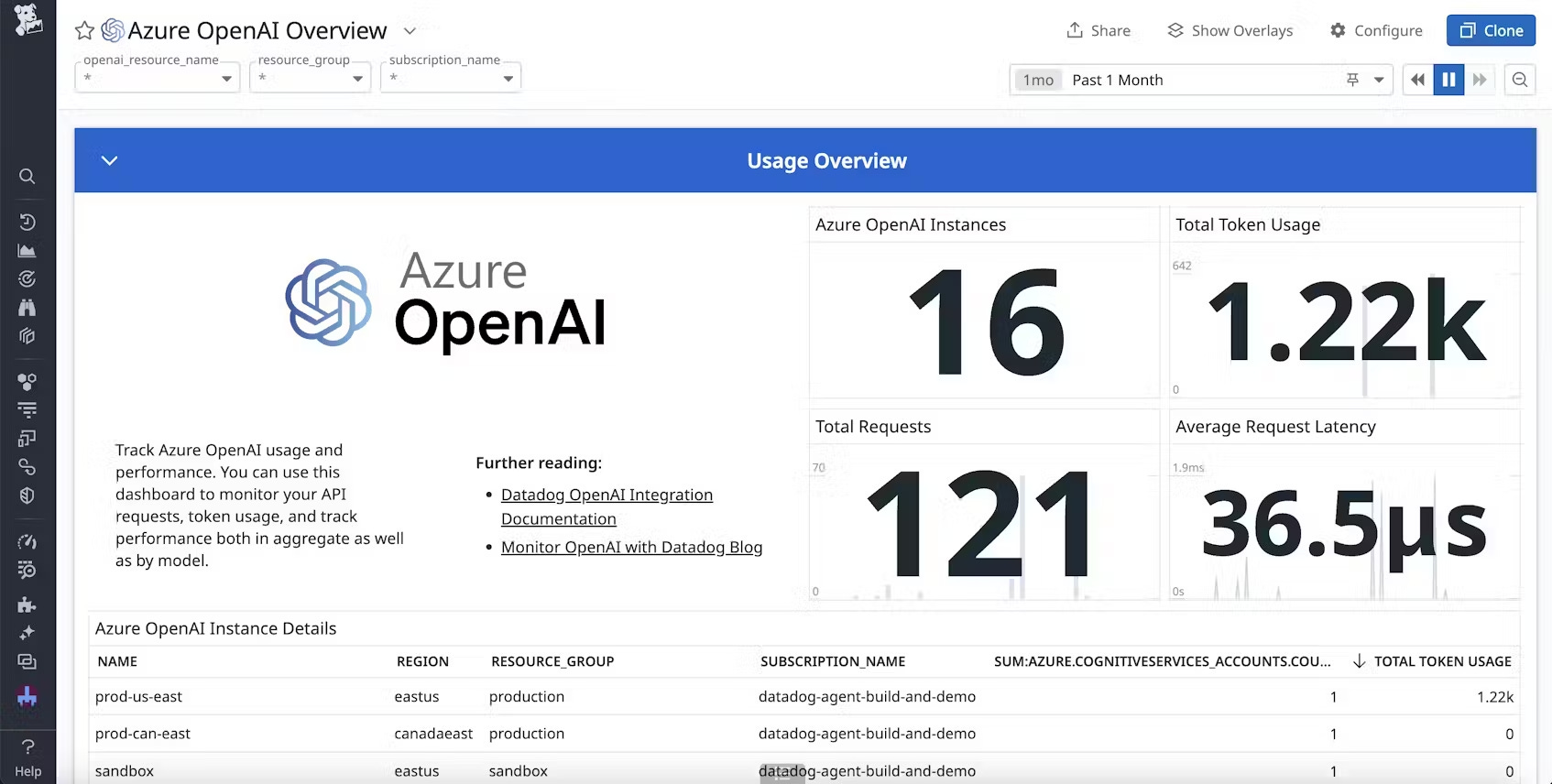
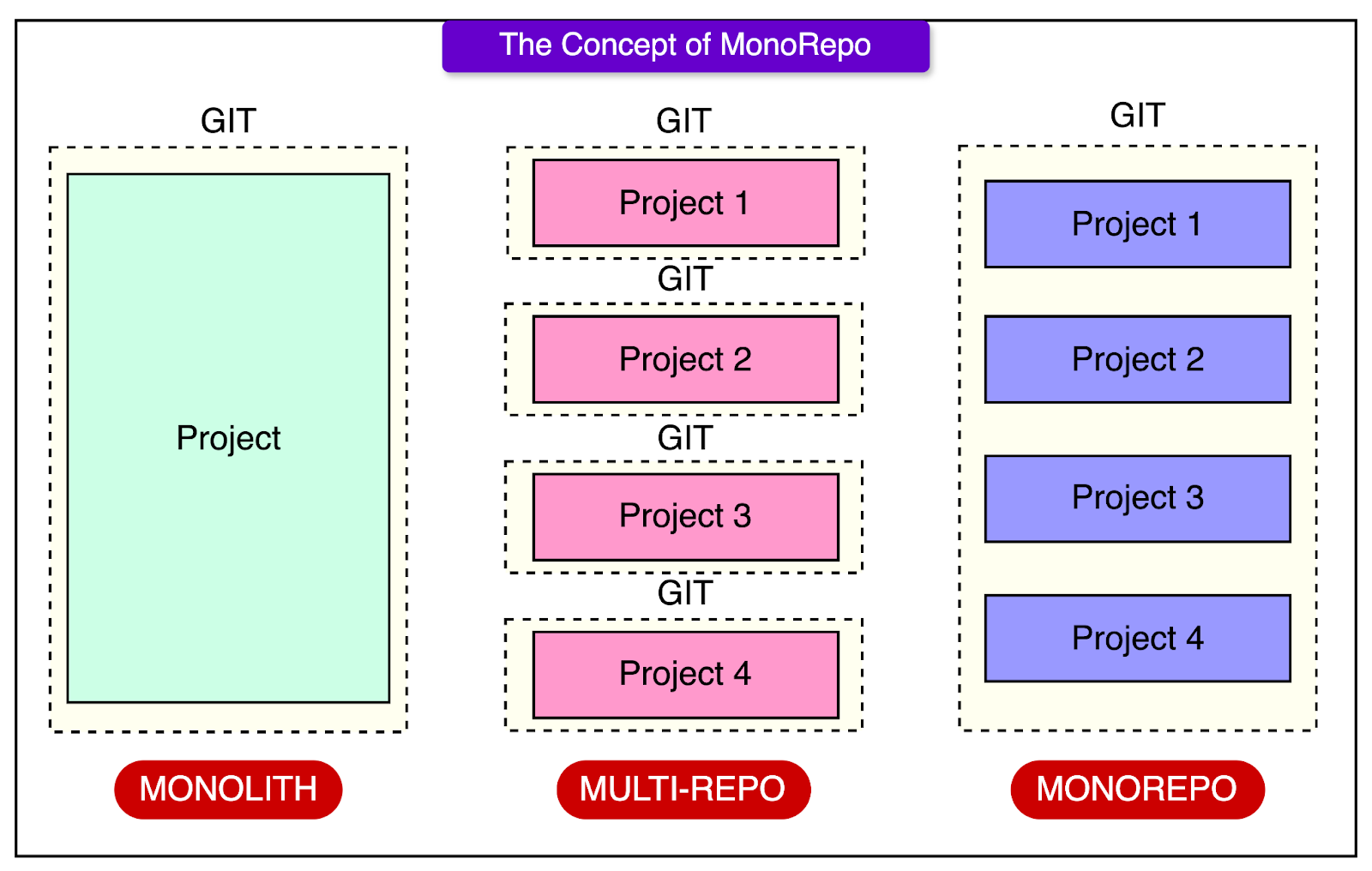
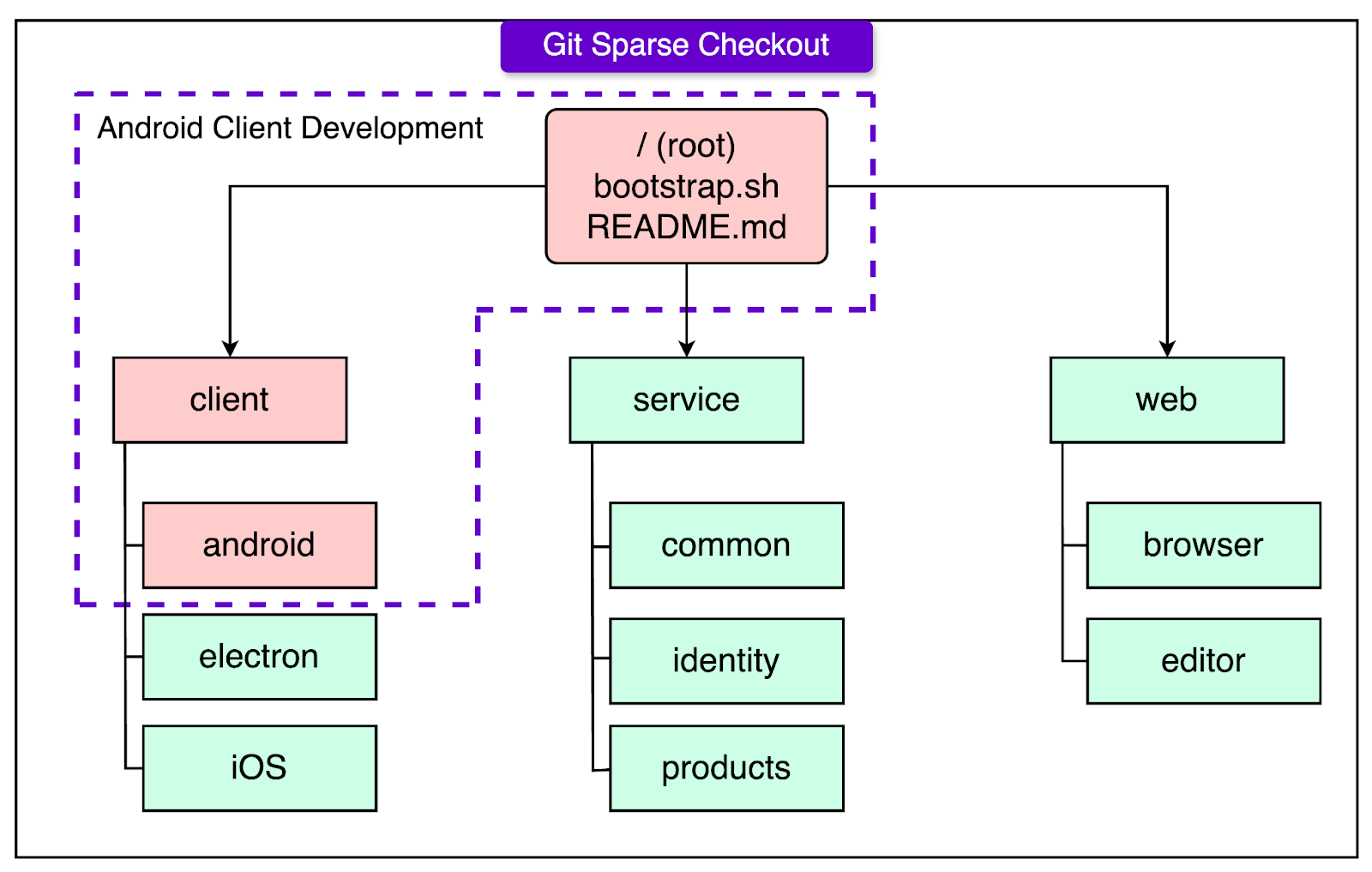
.png)




